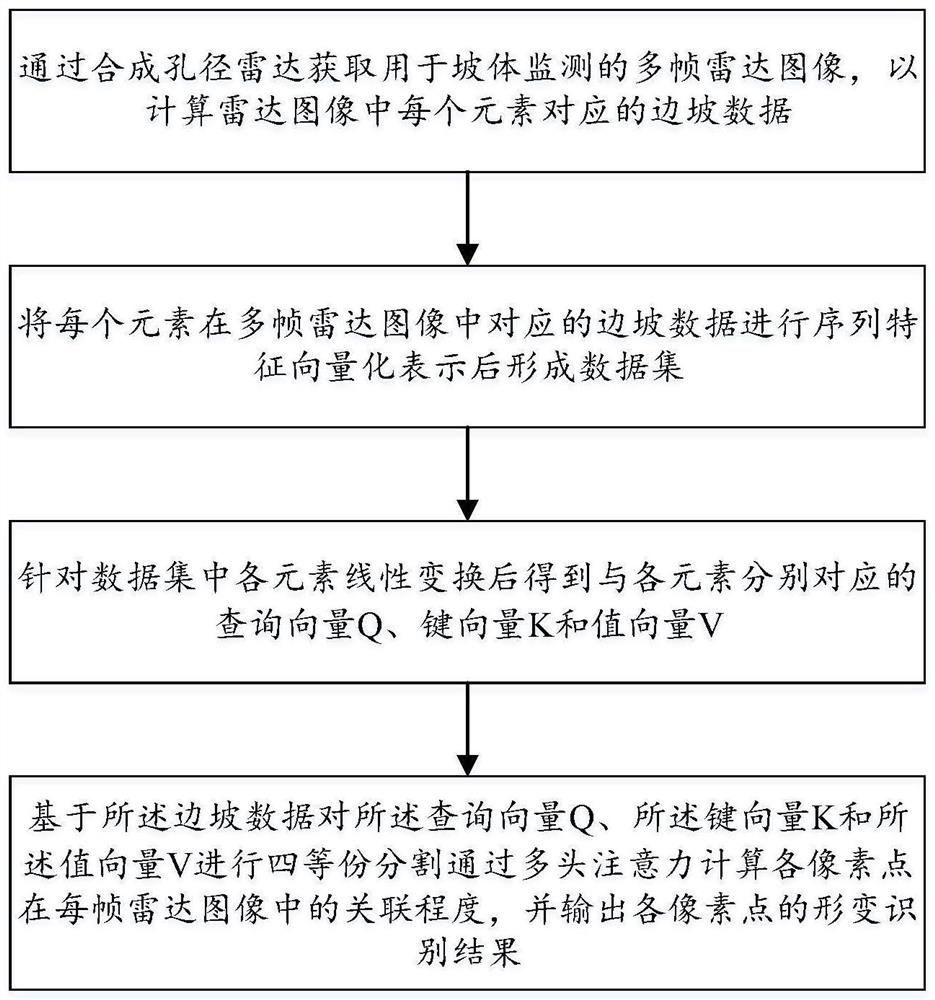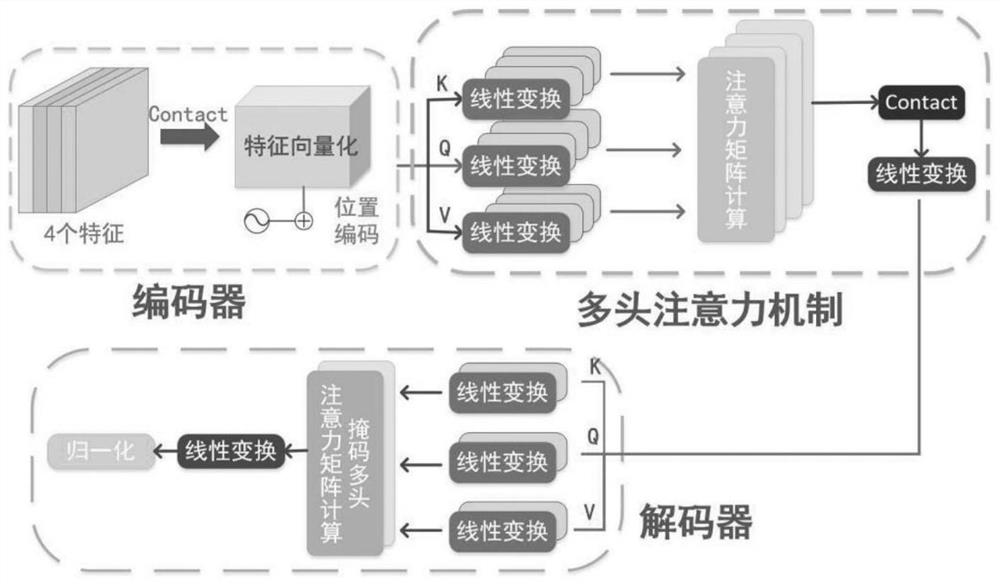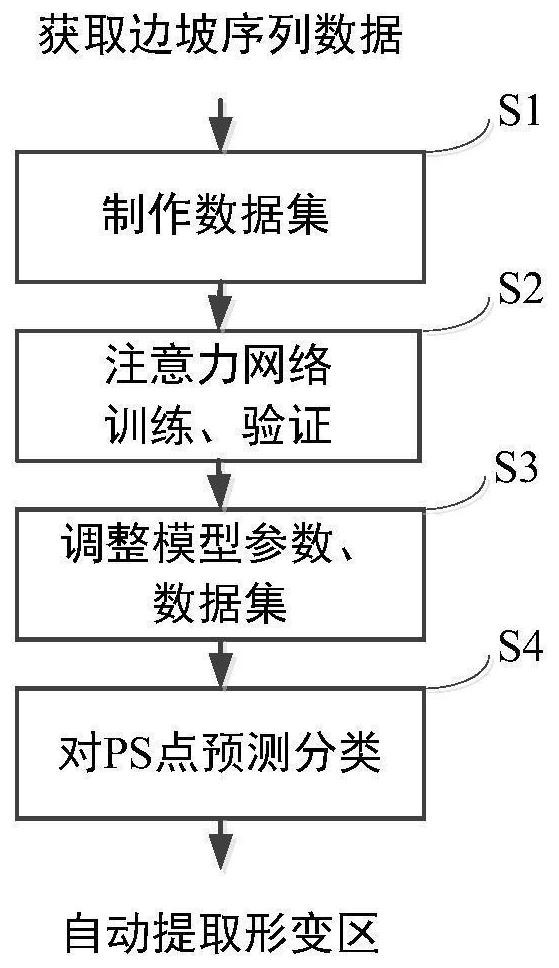Intelligent deformation area extraction method and system based on radar sequence image
A radar image and sequence image technology, applied in the field of radar survey, can solve problems such as large artificial influence, abnormal phase change error interference, and slope disaster trend influence.
- Summary
- Abstract
- Description
- Claims
- Application Information
AI Technical Summary
Problems solved by technology
Method used
Image
Examples
Embodiment 1
[0048] see figure 1 , this embodiment provides a method for intelligently extracting deformation regions based on radar sequence images, including:
[0049] Obtain multi-frame radar images for slope monitoring through synthetic aperture radar to calculate the slope data corresponding to each pixel in the radar image. The slope data includes deformation displacement, deformation rate, deformation dispersion and distribution density of permanent scatterers ;The slope data corresponding to each pixel in the multi-frame radar image is expressed in sequence feature vectorization, and then the position is encoded to form a data set; after linear transformation of each pixel in the data set, the query corresponding to each pixel is obtained Vector Q, key vector K, and value vector V; based on the slope data, the query vector Q, key vector K, and value vector V are divided into four equal parts, and the degree of correlation of each pixel in each frame of radar image is calculated thr...
Embodiment 2
[0081] This embodiment provides a system for intelligently extracting deformation regions based on radar sequence images, including:
[0082] The slope data acquisition unit is used to obtain multi-frame radar images for slope monitoring through synthetic aperture radar, so as to calculate the slope data corresponding to each pixel in the radar image, and the slope data includes deformation displacement and deformation rate , deformation dispersion and distribution density of permanent scatterers;
[0083] The feature vector quantization unit is used to perform sequence feature vector quantization representation of the slope data corresponding to each pixel point in the multi-frame radar image, and then perform position encoding to form a data set;
[0084] The linear transformation unit is used to linearly transform each pixel in the data set to obtain a query vector Q, a key vector K and a value vector V corresponding to each pixel;
[0085] The deformation identification u...
Embodiment 3
[0092] This embodiment provides a computer-readable storage medium. A computer program is stored on the computer-readable storage medium. When the computer program is run by a processor, the steps of the above method for intelligently extracting deformation regions based on radar sequence images are executed.
[0093] Compared with the prior art, the beneficial effect of the computer-readable storage medium provided by this embodiment is the same as that of the method for intelligently extracting deformation regions based on radar sequence images provided by the above technical solution, and details are not repeated here.
[0094] Those of ordinary skill in the art can understand that all or part of the steps in the above-mentioned inventive method can be completed by instructing related hardware through a program. The above-mentioned program can be stored in a computer-readable storage medium. When the program is executed, it includes: For each step of the method in the above ...
PUM
 Login to View More
Login to View More Abstract
Description
Claims
Application Information
 Login to View More
Login to View More - R&D
- Intellectual Property
- Life Sciences
- Materials
- Tech Scout
- Unparalleled Data Quality
- Higher Quality Content
- 60% Fewer Hallucinations
Browse by: Latest US Patents, China's latest patents, Technical Efficacy Thesaurus, Application Domain, Technology Topic, Popular Technical Reports.
© 2025 PatSnap. All rights reserved.Legal|Privacy policy|Modern Slavery Act Transparency Statement|Sitemap|About US| Contact US: help@patsnap.com



